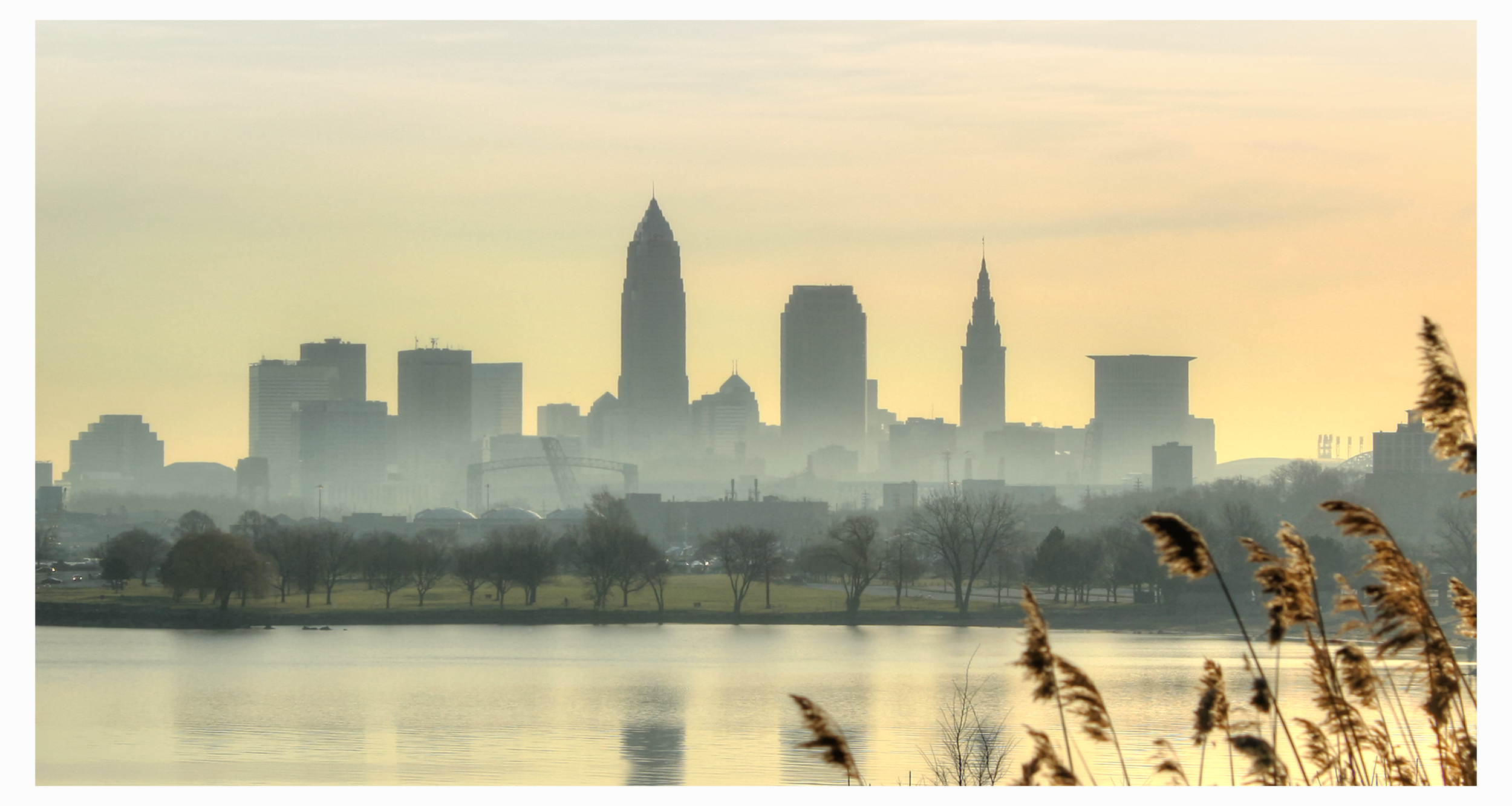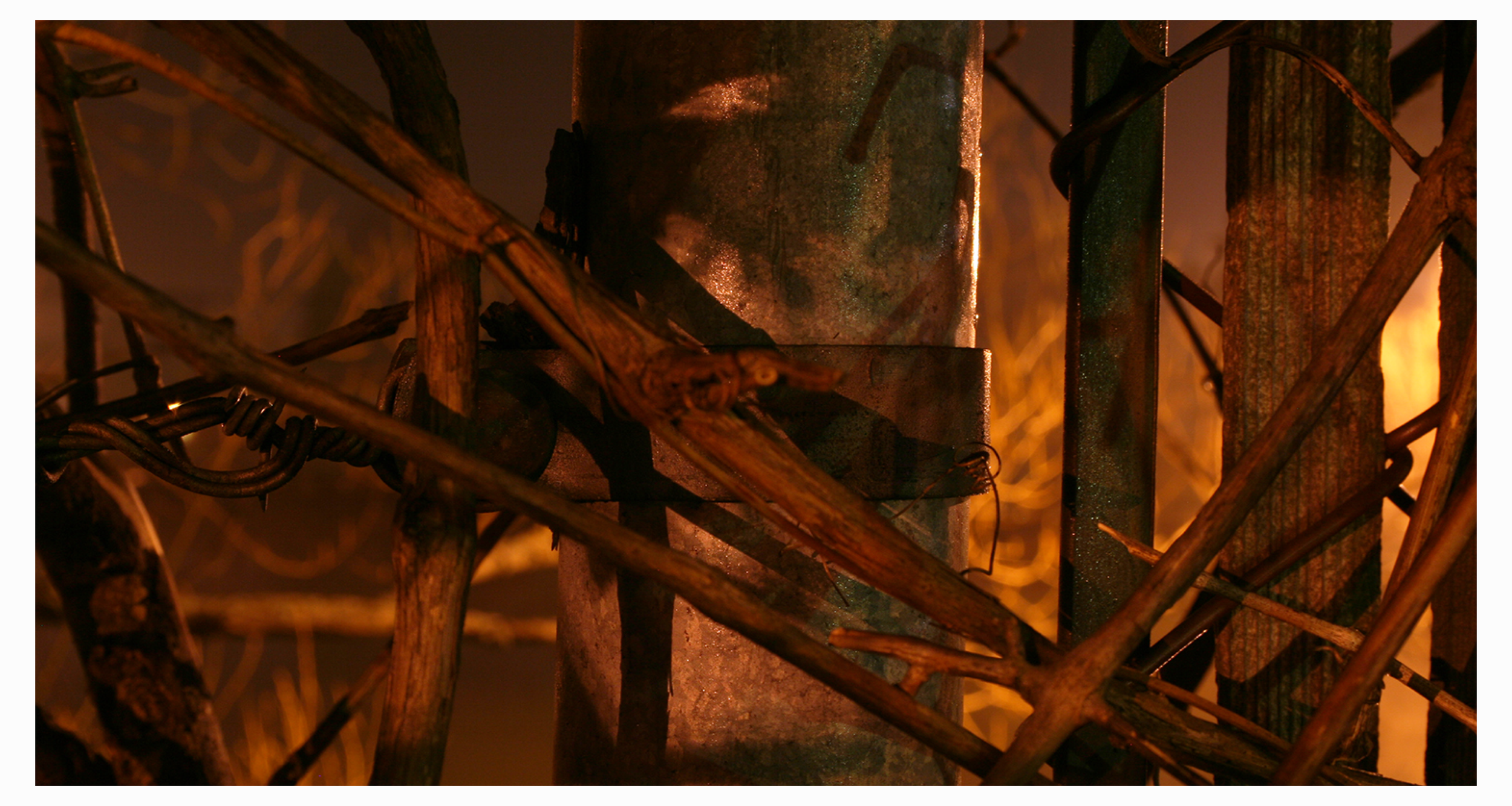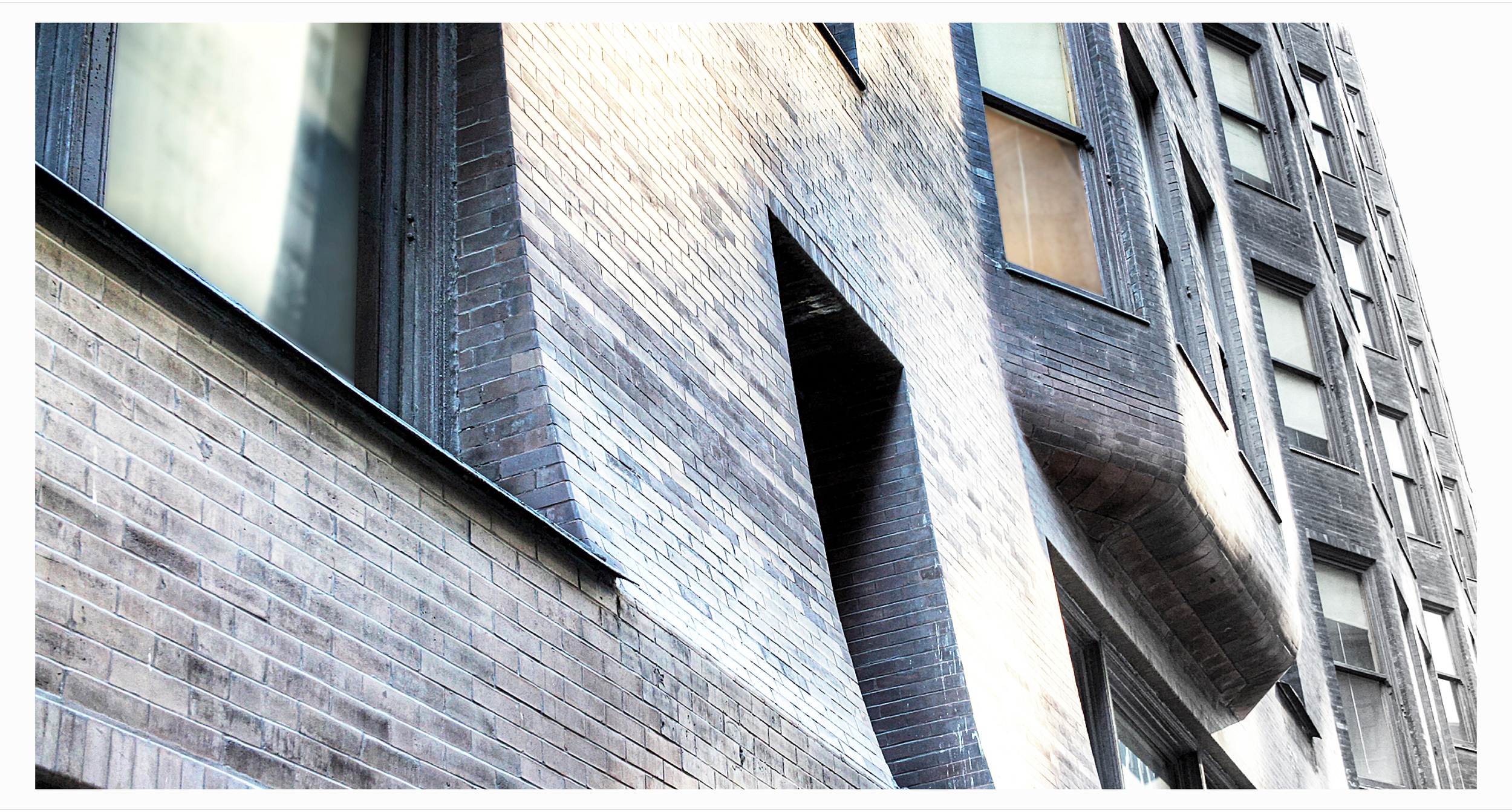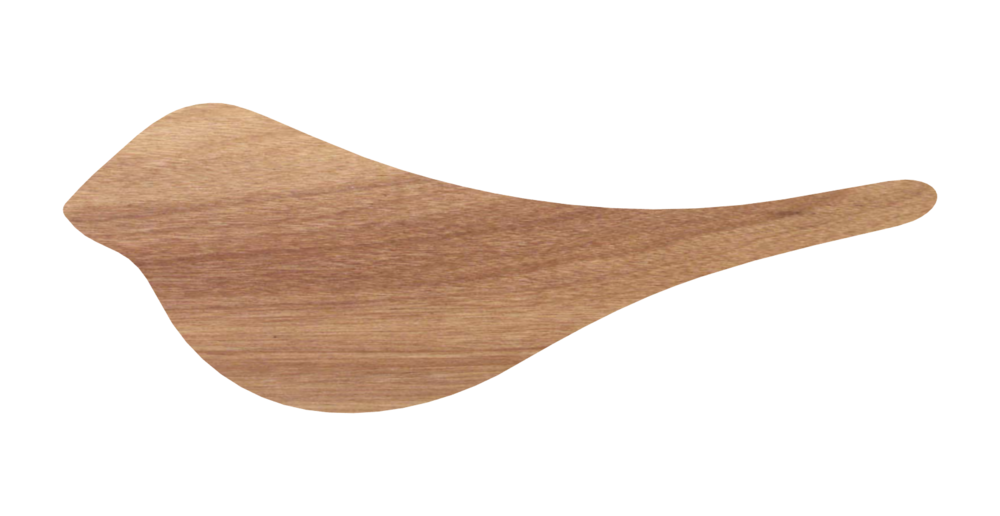












Photography: Greyscale
Greyscale, unlike traditional black and white imagery, has many distinct shades of grey in between. Resulting from the differentiation between individual pixels, varying intensities of light form a synthesis of depth, dimensionality, and space. Rather than manipulating a full-color image, the following works represent a true investigation of grey matter.



















Photography: Limited Color
Light: the natural agent that stimulates sight and makes things visible.
Limit: to restrict in size, amount or extent.
Color: the property possessed by an object of producing different sensations on the eye as a result of the way the object reflects or emits light.
From the time of day, to the month of year, our perception of light naturally changes and evolves. Simultaneously, our location (geographically as well as physically) identifies differently with both interior and exterior space. Through the interactions of color, light, and landscape; the following works seek to narrate intentionality through the limiting of color.






Photography: Full Saturation
Building upon the techniques explored through limited color, full saturation seeks to expand the perceived intensity of chroma.
Chroma: purity or intensity of color.
Often thought to be synonymous terms, careful consideration should be given to not confuse the terms chroma and colorfulness. While the following set of images indeed offer a wide display of color, one should focus more on how the saturation of color is determined with respect to the combination of light and intensity as it is distributed across the composition as a whole.














Photography: Hybrid Theory
Hybrid Theory seeks to break from traditional image manipulation techniques. While it is common to see commercial, professional, and amateur images superimpose colored objects within black and white space, Hybrid Theory blurs the line between these two distinct color spaces.
The following landscapes and environments present a symbiotic relationship between the absence and presence of color. Rather than intentionally defining the two boundaries, they are favored to purposely become lost, in order to create a seamless compositions.
